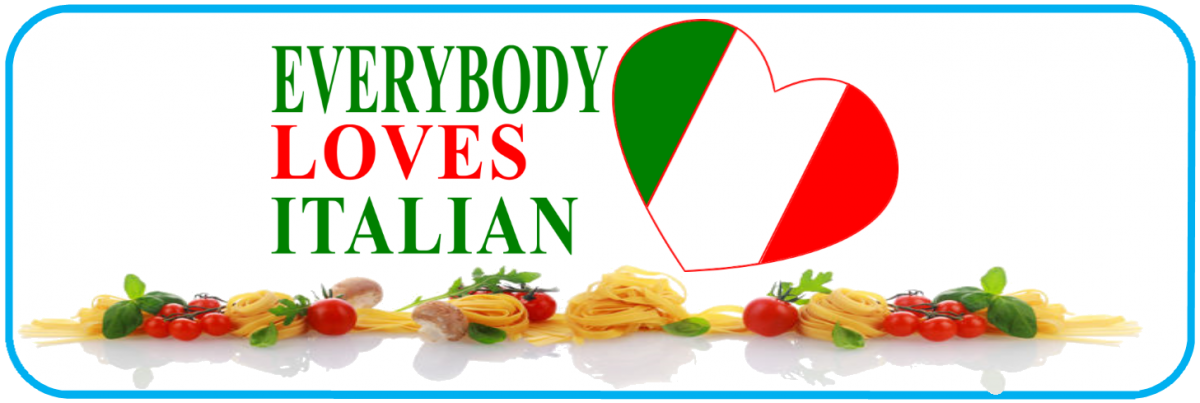Palm Sunday Explained – What is the meaning of Palm Sunday ?
Palm Sunday Explained
What is the meaning of Palm Sunday ?


It is customary in many churches for worshippers to receive fresh palm leaves on Palm Sunday. In parts of the world where this has historically been impractical, substitute traditions have arisen.

In Italy, palm leaves are used along with small olive branches, readily available in the Mediterranean climate. These are placed at house entrances (for instance, hanging above the door) to last until the following year’s Palm Sunday. For this reason, usually palm leaves are not used whole, due to their size; instead, leaf strips are braided into smaller shapes. Small olive branches are also often used to decorate traditional Easter cakes, along with other symbols of birth, like eggs.

Palm Sunday is a Christian moveable feast that falls on the Sunday before Easter. The feast commemorates Jesus’ triumphal entry into Jerusalem, an event mentioned in each of the four canonical Gospels.

In most liturgical churches Palm Sunday is celebrated by the blessing and distribution of palm branches or the branches of other native trees representing the palm branches the crowd scattered in front of Christ as he rode into Jerusalem.
In ancient times, palm branches symbolized goodness and victory. They were often depicted on coins and important buildings. Solomon had palm branches carved into the walls and doors of the temple. Again at the end of the Bible, people from every nation raise palm branches to honor Jesus.
Palm Sunday commemorates the entrance of Jesus into Jerusalem, when palm branches were placed in his path, before his arrest on Holy Thursday and his crucifixion on Good Friday. It thus marks the beginning of Holy Week, the final week of Lent.
In the Roman Catholic Church, as well as among many Anglican and Lutheran congregations, palm fronds are blessed with an aspergillum outside the church building in an event called the “blessing of palms” if using palm leaves. A solemn procession also takes place, and often includes the entire congregation.





